6 Amazing Places You Must Visit In Yokohama
Yokohama has so many amazing places to offer that an hour train ride from Tokyo is well worth it. Make sure to check out these 9 best spots during your stay in Japan.
My first destination during my new adventure in Japan was Yokohama. I created an unique t-shirt for this trip with writing in katakana, reading "Holland", so people would know immediately where I was from.
Map
Best Places in Yokohama

1. Yokohama Landmark Tower
Tallest tower in Yokohama with a remarkable view of the bay

2. Red Brick Warehouse
Historic building on the bay side built in 1899 which is now a shopping center

3. Ramen Museum
Biggest ramen museum in Japan

4. Chinatown
Biggest Chinatown outside of China - make sure to try their killer dimsum!

5. Cosmoworld
Giant theme park with Ferris wheel on the bay side

6. Yokohama Bay Hall
Try to catch a party at this popular venue, especially a ParaPara event!
I never got a chance to see this awesome city in 2007 thus I took the opportunity this year around to pay it a visit.
 matt in front of chinatown in yokohama
matt in front of chinatown in yokohama
The Yokohama Landmark Tower is the first thing you notice the minute you walk out of the train station. This building has the fastest elevator in the world, produced by Fujitsu.
I took some great pictures of the Yokohama bay from the sky garden on the top floor of the Yokohama Landmark.
I followed my way through Yokohama bay, walked through a cool theme park and ended up in Chinatown where I met my friends before we headed towards Masuchan's Box for a parapara & eurobeat event.
The meat buns in chinatown were delicious, especially the kare-man (curry bun). The chinatown in Yokohama is the largest chinatown in the world, outside of China.
Yokohama was a small fishing village up to the end of the feudal Edo period, when Japan held a policy of national seclusion, having little contact with foreigners.
A major turning point in Japanese history happened in 1853–54, when Commodore Matthew Perry arrived just south of Yokohama with a fleet of American warships, demanding that Japan open several ports for commerce, and the Tokugawa shogunate agreed by signing the Treaty of Peace and Amity.







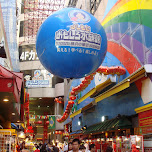









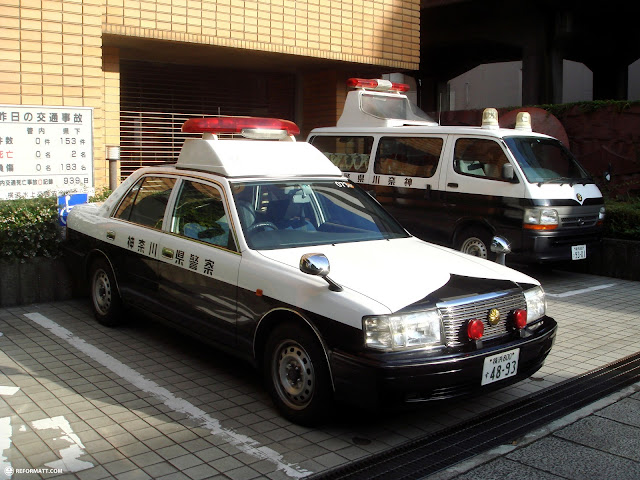
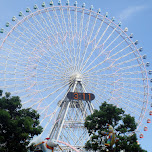















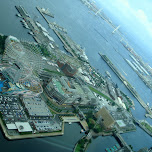



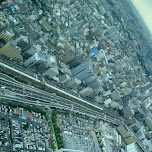

















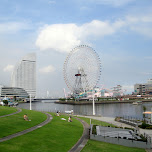









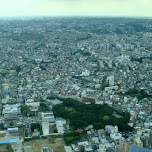
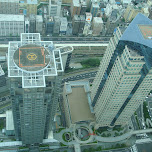


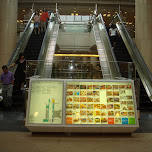


























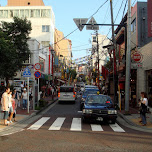




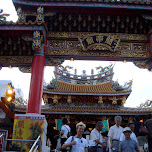





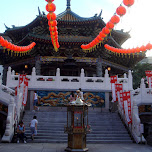











 My name is
My name is